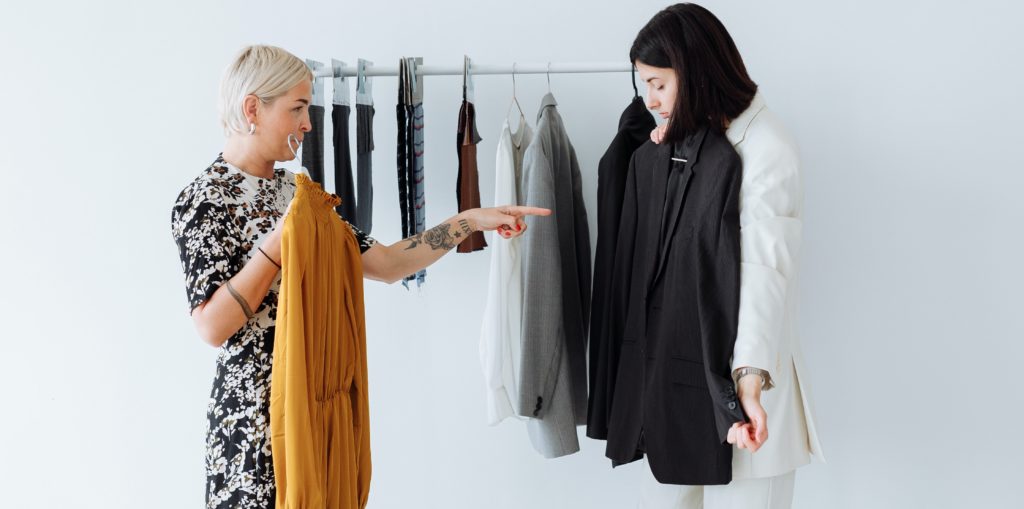Don’t let the dress code keep you up at night.
Whether you are new to the business world, starting the interview process or returning to the office post-COVID-19, everyone needs a refresher on the difference between business casual and business professional attire. After working in t-shirts and sweatpants from home, the return to the office has changed how companies define both business casual and business professional dress. While attire varies by company, here are the wardrobe rules.
Business Professional
A first impression is a lot harder to overcome than to create. Studies show many people form an opinion about you before even speaking to you. That’s why it’s always best to wear business professional attire for a job interview, recruiter meeting or client meeting. Even if the organization you’re interviewing with isn’t business professional in the office, it’s always good to put your best foot forward. Similarly, even if you are attending a client meeting and know the client is going to be dressed casually, you should still dress professionally: you’re not only trying to sell them a product or service, you’re also selling yourself.
Others require it for everyday wear. The following are the key pieces to pull an outfit together.
Business professional attire for men:
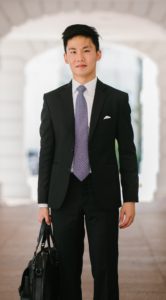
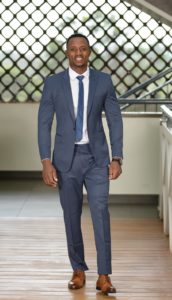
- Dark-colored suits (navy, black or dark grey)
- Light-colored, pressed button-down shirts (blue or white are always safe choices)
- Solid-colored tie (blue and red are a great go-to) or tie with a non-distracting pattern
- Dress socks
- Black or brown dress shoes (make sure your dress shoes and belt match colors)
Business professional attire for women:
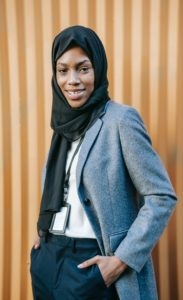
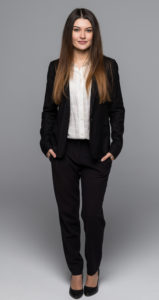
- Pant suit or skirt and matching blazer
- Appropriate length dress
- Dress pants paired with a nice blouse or button-up shirt
- Flats or heels (closed-toed preferably)
- Minimal accessories
Tip:
Don’t forget about the small details when dressing in business professional attire. All clothes should be pressed, ironed and wrinkle-free. Avoid bright colors and patterns that are distracting. While you want to be professional, it’s important to be comfortable for your day. Consider using a tailor to make the perfect-fitting suit that is not too tight or baggy.
Business Casual:
As many companies return to the office, the term “business casual” has become more ambiguous. While business casual looks different for each industry, company and office, it is generally a dressed-down version of business formal. Some companies allow more casual outfits, like jeans and polos. To be safe, it’s a good idea to ask human resources and other employees what the dress code is once you’ve started your job.
Business casual attire for men:

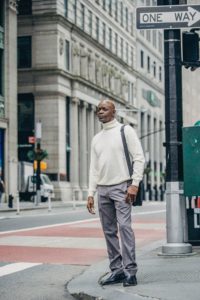
- Slacks or khakis
- Dark-washed jeans (no holes)
- Button-up shirts
- Short-sleeved polo shirts
- Sweater, cardigan, jacket or sport coat
- Closed-toed shoes (loafers or oxfords are a safe choice)
- Clean, minimal design sneakers
Business casual attire for women:

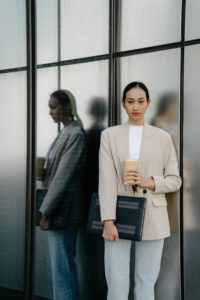
- Dress pants
- Dark-washed jeans (no holes)
- Knee-length skirts and dresses
- Button-up shirts or nice blouses
- Sweaters and cardigans in the colder months
- Blazers (often paired with jeans to dress-up the outfit)
- Heels or flats (open-toed is sometimes accepted, but closed-toed are often preferred)
Tip:
Business casual dress codes allow you the freedom to showcase your style and personality more than business professional ones. Patterns and brighter colors are more acceptable in this style of dress. The addition of accessories like jewelry, jackets and belts are well received in this setting as well. It is important to note that while you’re dressed more casually, it’s still important to elevate your outfit from day-to-day pieces in your closet to remain professional.
Things to avoid:
Knowing what ISN’T acceptable workplace attire can be helpful, too. Below are some clothing choices you shouldn’t make for both business casual and business professional settings:
- No distressed jeans
- No leggings or sweatpants
- No shorts
- No graphic t-shirts
- Not low-cut, strapless or cropped shirts
- Avoid heels over three inches
- Avoid flip flops or dirty tennis shoes
- Avoid clothing that is too tight or too baggy
- Avoid too much makeup
- Don’t come to work with hair wet/ poorly styled
When shopping for business professional or casual clothing, look for quality, not quantity. Having fewer items that last a long time is better than having cheaper items that you can only wear a few times. Look for clothing items that can be dressed up or dressed down for more flexibility. Review your employee handbook and don’t be afraid to ask for opinions from coworkers.
Whether you’re on the hunt for your next job or need advice for an upcoming interview, our recruiters can help you find the right fit. Contact us today to learn more!
